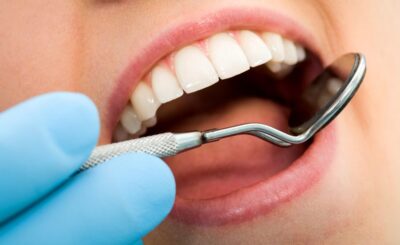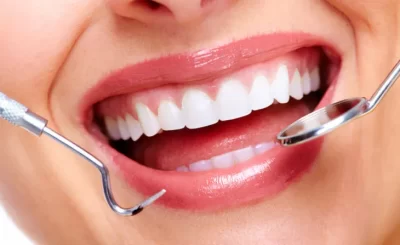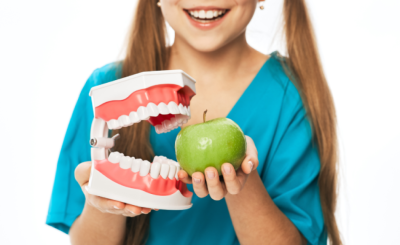Missing teeth can damage your physical health, functional abilities, and emotional well-being. Moreover, it can diminish your confidence and overall quality of life. All-on-4 implants can be a real savior for those who’ve lost several of their teeth and want a reliable and permanent solution.
People of Florida who are suffering from severe teeth loss can rely on all on four in Fort Myers and enjoy a fully restored smile, improved functionality, and renewed confidence. But is all-on-4 suitable for you? And how does it work? Let’s find out.
Is the all-on-4 implant suitable for you?
So, all-on-4 is a fixed denture system that is highly suitable for following.
- Individuals who have lost several or all of their natural teeth.
- The procedure is also suitable for those facing severe tooth deterioration
- All-on-4 is also suitable for those who’ve insufficient bone mass in the jawbone for a vertical implant.
- All-on-4 implants are also helpful in teeth alignment (occlusal defects) and restoration of lower face proportions.
Benefits of all-on-4 implants
Following are some most significant benefits of all-on-4 dental implants over other types of dental implants.
- While dentures require adhesive, all-on-4 do not move; hence are more comfortable and durable.
- All-on-4 are more aesthetically pleasing than removable dentures
- They are excellent for those with low bone density as the process doesn’t require grafting.
- All-on-4 implants are fixed in bone and thus prevent bone degeneration caused by to absence of teeth.
- They can last for over 20 years, provided that you maintain good oral hygiene and refrain from bad habits like smoking.
- Another benefit of all-on-4 is that it’s a faster process and offers a less restrictive recovery.
- Also, all-on-4 does not require a pre-implant surgery like sinus lifting.

Understanding the all-on-4 implant procedure
You can get an all-on-4 prosthesis in two sessions that can be around two to six months apart. This gap allows better healing and bone integration of implants. Here’s how the entire process works.
- Your dentist will first take an X-ray to determine the condition of your jaw bone and select the anchoring points that could provide the best strength and stability.
- During the first session, which can last up to three hours, they’ll incise the gum and drill into the jawbone to insert titanium implants.
- Over 80% of all of the all-on-4 procedures require local anesthesia, while some may even require moderate sedation or general anesthesia.
- Patients may have to spend a night at the dental clinic, and they’re usually cleared to resume regular routine the very next day of the initial operation.
- Your dentist will also take a 3D scan of the jaw during the same session to create a temporary prosthesis that you may have to wear for 2-6 months.
- Next, you’ll select the type and shade of the teeth for the final prosthesis.
- Finally, the dentist will attach the custom-made definitive prosthesis to the implants during the second appointment.
Aftercare and recovery
It would be best if you took care of a few things to get the best results from the entire all-on-4 procedure, as poor oral hygiene can lead to severe complications. Here’s how you can ensure excellent aftercare and recovery.
- Make sure to rest for the recommended period.
- Take all the medications timely as it’ll help you get over the pain and prevent infection.
- Quit smoking as smoking could compromise bone integration, shade of the new teeth, and gum healing.
- Stick to liquid food for the first 15 days.
- For 15-30 days, you can take soft food like pasta, rice, etc.
- For 30-60 days, you can start eating tender meat and well-cooked vegetables.
- After 60 days, you can resume normal food at a moderate pace.
However, if you feel pain or inflammation post-surgery, you must consult your dentist at the earliest.








